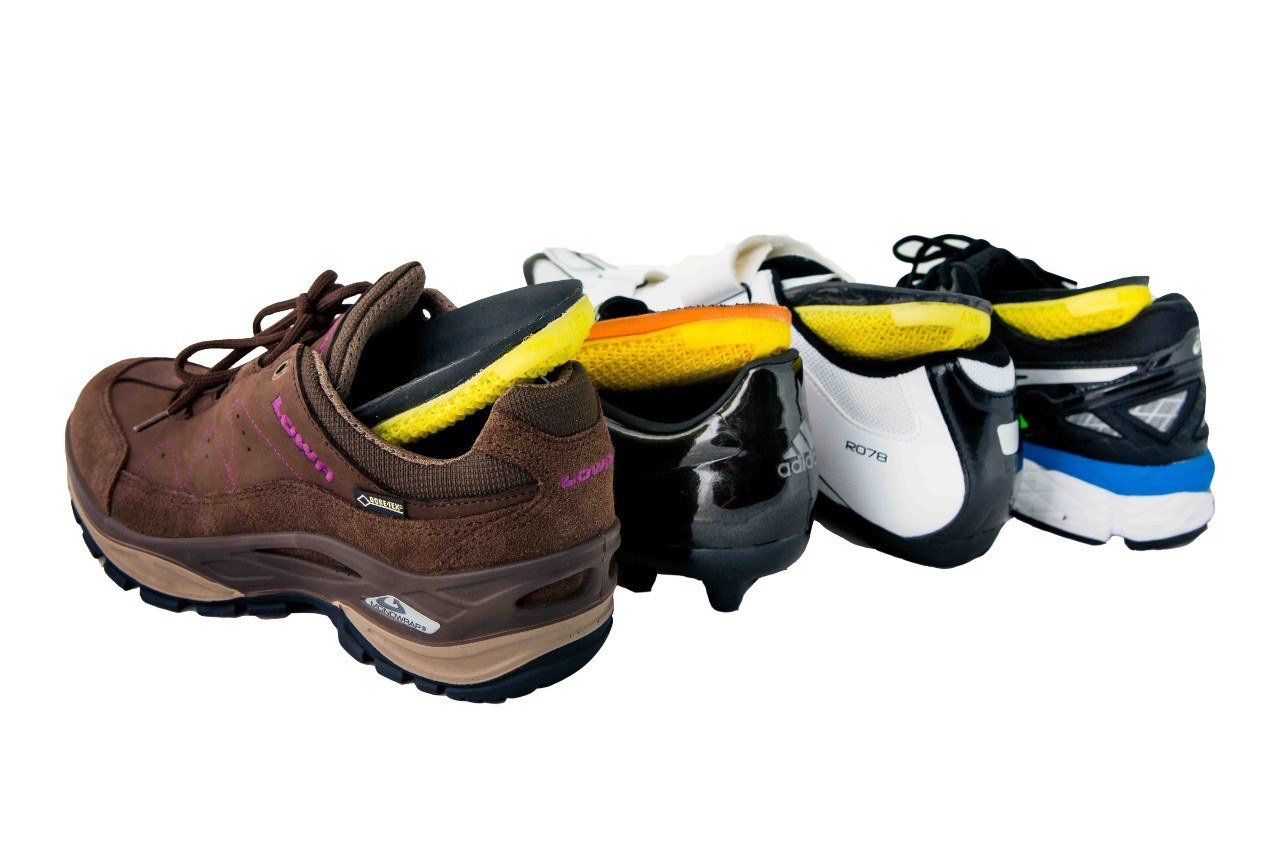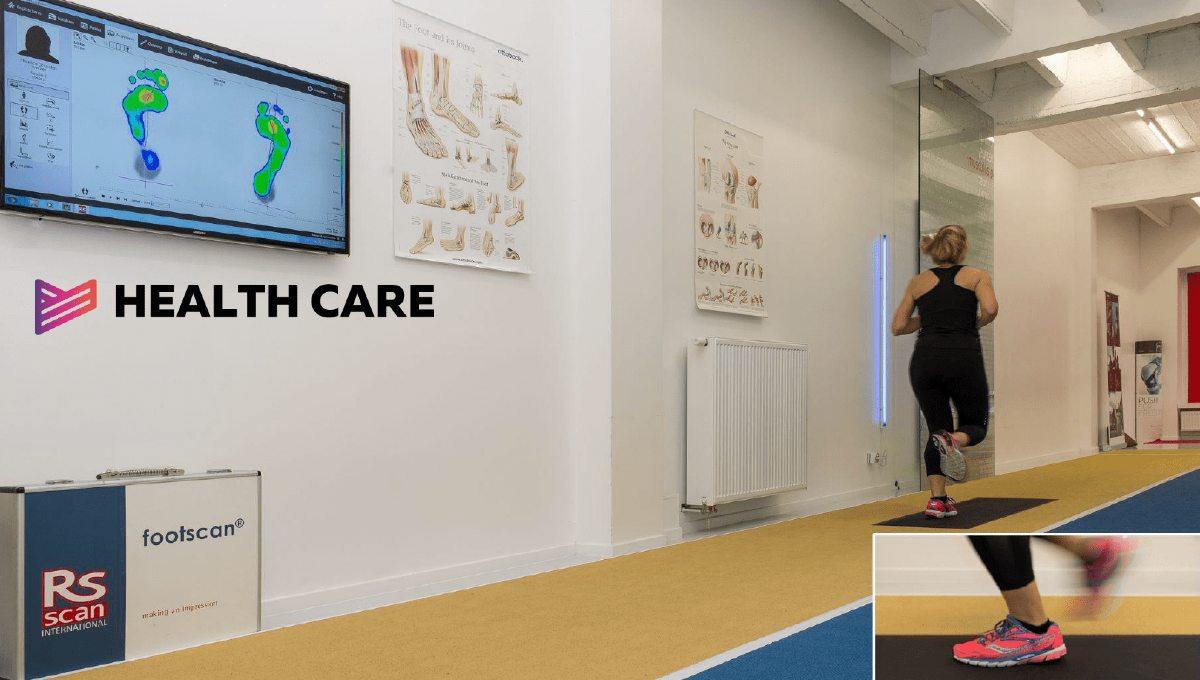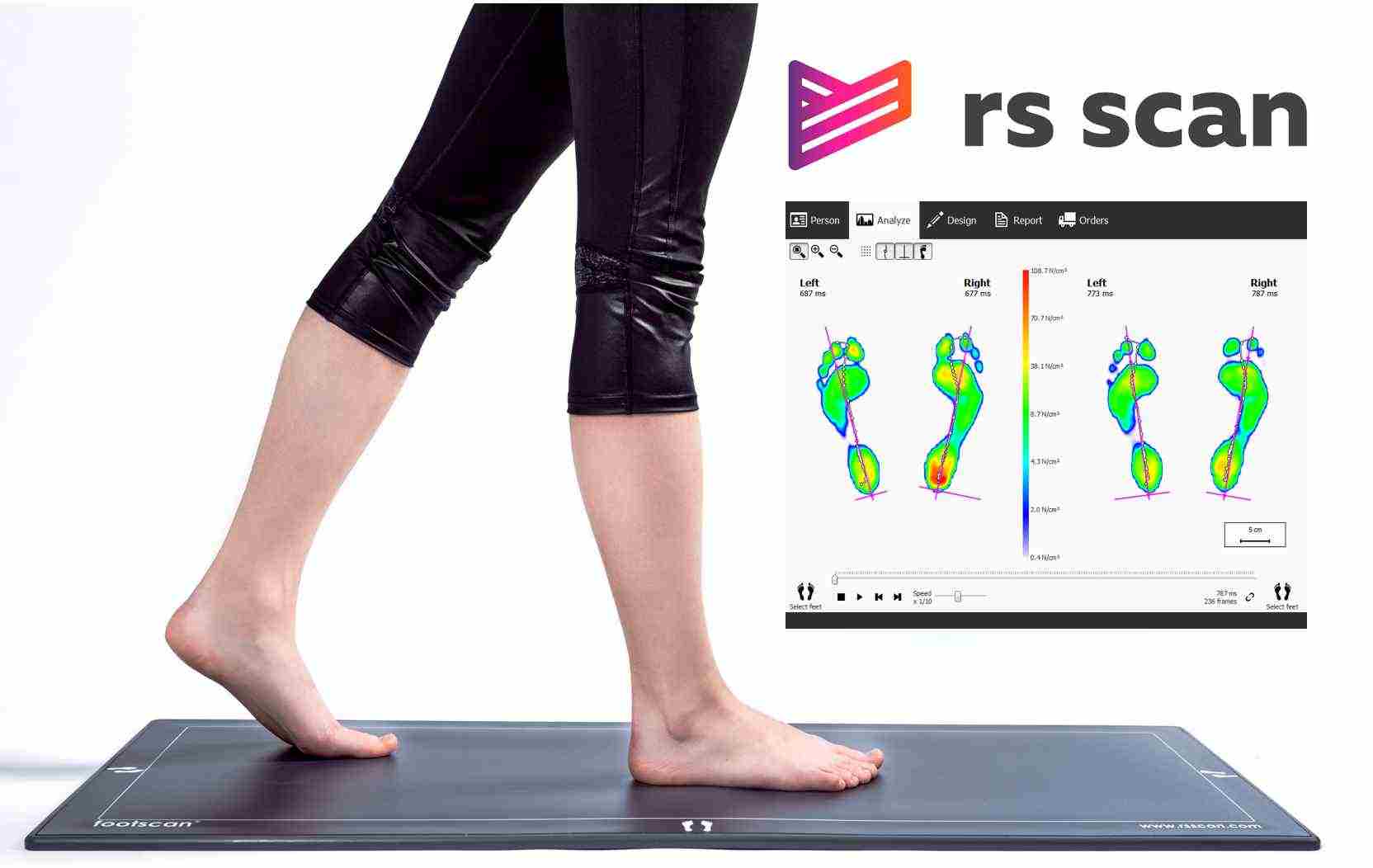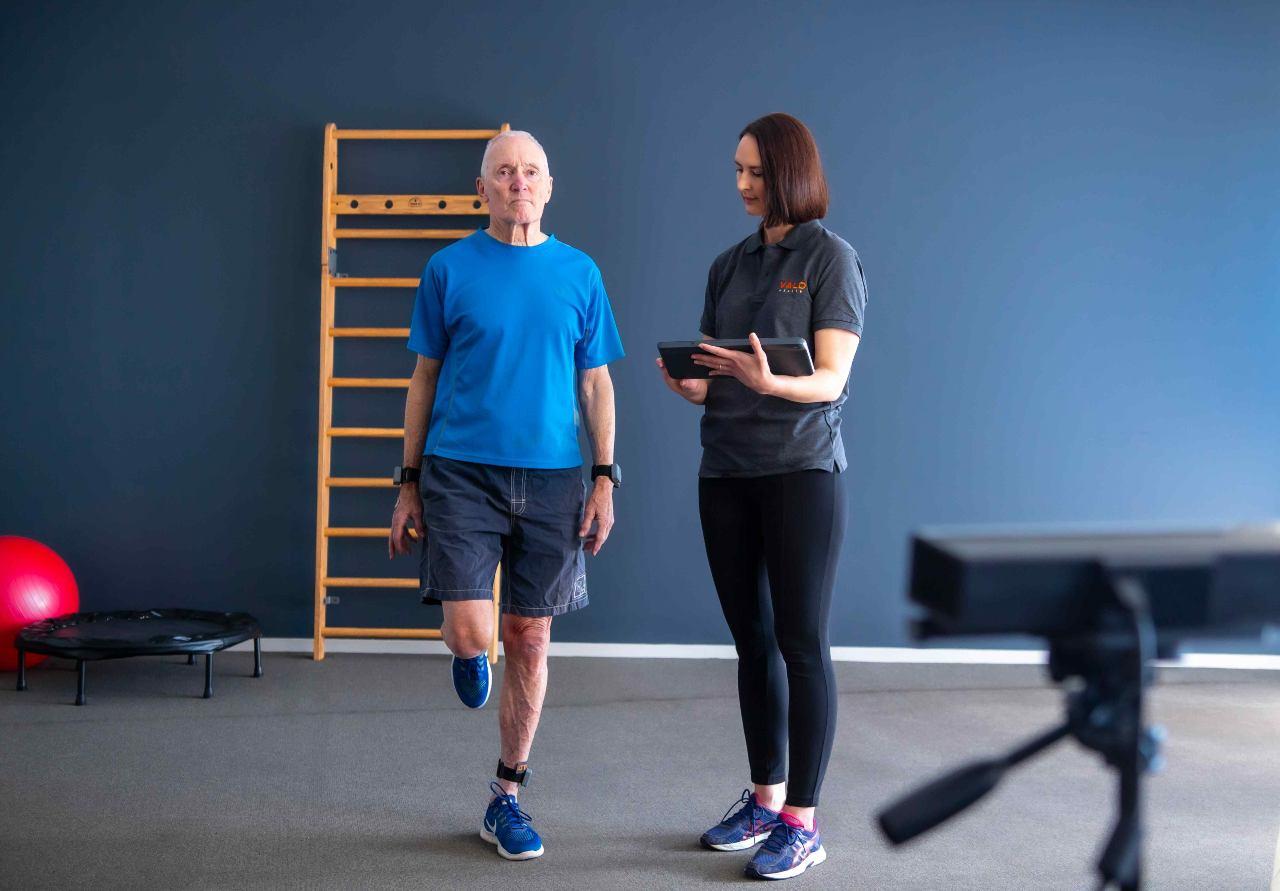Do you have crippling foot pain that impacts your life? Arguably, second only to back pain, problems in the feet are one of the most debilitating conditions you are likely to encounter and can be hard to self diagnose. That is why you need a professional opinion and the assistance of orthotics.
Custom orthotics are specifically made shoe inserts for you, designed to address your specific foot problems. Below, we go through our must-know tips on choosing foot orthotics for new users.
Decide on Shoe Insole Inserts or Orthotics

When most people have foot problems, they look for shoe inserts to help. For many people, these can alleviate the pain, but others need more specialist treatment, like orthotic devices. Knowing the difference between inserts and orthotics can help you decide which is best for your problem.
Inserts are the shoe insoles that you can buy from a pharmacy without a prescription. They are great at providing support for the arch of the foot and give extra comfort. Often made from foam or gel, they are not fitted and do not provide the corrective support found in orthotics.
Orthotics themselves are fitted, so they specifically target your personal ailment. They can be available on prescription, and they fit inside your shoes. They can help with medical conditions in a more precise way than inserts from over the counter or NHS orthotics.
Our revolutionary orthotics are the result of a unique, state-of-the-art foot care technology. Using the patented dynamic Footscan® technology and biomechanical measurements, your foot specialist analyses your gait. We identify problems with your gait, including disorders including pronation, middle ear infection or high arches.

Our specially designed orthotic journey consists of these factors:
- Evidence based Dynamic Footscan® Gait Analysis
- State of the art 3D-printing technology
- Custom built orthotic insoles to fit each foot
- Fit any type of boot or shoe
- Last up to 3 times longer than traditional insoles or shoe inserts
- Two year guarantee
From this dynamic analysis, your expert generates a design that we create with a 3D printer.
The result? A dynamic, 3D-printed orthotic that takes into account the shape of the foot, but also supports the various printing zones and directs the gait in the right direction. This last feature is only possible with the patented Phits™ 3D-printed structures.
Wear Your Favourite Shoes in Fittings
If you are having problems with your feet, then you will have been wearing your most supportive, comfortable shoes regularly. While these will not have fully addressed any ankle or foot problems in a way orthotics would, they are still your preferred, most conducive shoe.
Because of this, all fittings should be done wearing your most comfortable pair. It is important that they are fitted for the ones you wear most often, so they can work with your existing footwear to correct problems.

Know What Foot Orthotics Can Do Beforehand
Orthotic insoles can assist in a range of problems. They are usually centred around functional foot problems, correcting abnormalities and taking pressure from the ankles and feet. However, some problems may require more serious treatment like surgery.
Rheumatoid arthritis or Osteo, Bursitis, shin splints, metatarsalgia and tendonitis can all benefit from orthotics, reducing inflammation and increasing your comfort. In many cases they take the strain away from the affected area. This also applies to any post-surgery recovery, a soft tissue injury, musculoskeletal problems, or sports injuries. Custom orthotics are a great way to speed up recovery in the latter.
A diabetic may suffer from bunions, calluses, plantar fasciitis, heel spurs and foot ulcers. Orthotics also alleviate the pain in these conditions. Finally, foot orthoses can assist in the correction of any abnormalities in walking and gait, including flat feet, high arches and overpronation or pronation.
Talk to your chiropractor about your issues. They will have a better idea of how serious your condition is, and if orthotics would help, or if you need to think about surgery.
Work Out Your Foot Type

There are lots of different foot types. From wide feet to flat, your needs will be individual, which is why over the counter inserts do not always work. Knowing your foot type can assist in the orthotics process.
Some people have over pronating gaits. This is when the foot rolls too far inward (or outward for under pronating feet) in a step, putting extra pressure on the ankle. This can also cause problems with knee pain, back issues, lower limb problems and heel pain.
Pain in the connective tissue from the heel over the sole of the foot is plantar fasciitis. Cushioning and the correct arch support can help this condition. And, depending on the severity, a specialist will decide if you need rigid or soft orthotics.
Think About the Support Level You Need
There are two main types of orthotics. These are the rigid, functional orthotics or soft, accommodative orthotics. Both have advantages and disadvantages.
Rigid orthotics are best for relieving pain in the foot, legs, thighs and lower back. Made from carbon fibre and plastic, they are best for closed foot, low heeled shoes.
Soft orthotics rely more on cushioning than adding hard support. They are made from soft foams and compression materials. They can be used for conditions including foot ulcers, bunions and other tender ailments.
Soft orthotics tend to be bulky. You may need to wear prescription footwear with them.
Alternatively, you have custom foot orthotics made for you. A specialist can scan your feet, carry out a thorough gait analysis and use 3D printing technology to make your orthotics.
Think About What You Need Them For
Before attending a meeting about orthotics, first, think about what you need the orthotics for. This will be based on the activities you perform in your day to day life, and how you need the orthotic to support you.
Do you stand still or sit at an office chair for much of the day? Or do you have a job or lifestyle where you are constantly on your feet, moving around?
Are you an athlete recovering from an injury? Perhaps you need the support in training to prevent more injuries.
All these questions will be asked at your consultation. This is to ensure that all foot orthotic options are explored, and the best treatment options suited to your needs is selected.
Get Professional Advice or a Prescription

A consultation with a podiatry specialist will address any fears you have over orthotics, though you need not worry. None of the procedures are surgical with this type of footcare.
Once you have discussed your problems, the specialist will take a 3D rendering of your foot. This is to make customised orthotics for your shoes. The scan takes the measurements, the biomechanics assessment and for a reference point to know the spot where you feel the pain.
Making a Consultation
If you feel that foot orthotics could be the answer to your metatarsal or ligament problems, consult your GP. They should refer you to a podiatrist specialist or may recommend exercises to do while you wait for an appointment.
If the waiting lists are too long and you need urgent help, then contact The Medical. We have numerous healthcare centres around the UK that are ready and waiting to deal with your problems.
Click here to view our foot orthotics services, and get a free gait analysis (when you quote ‘FREEGAIT’), so that we can start to but the spring back in your step, starting today.

